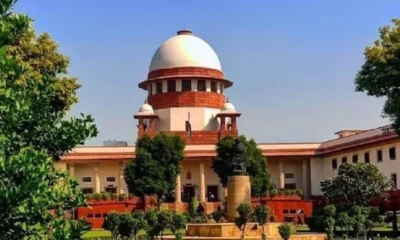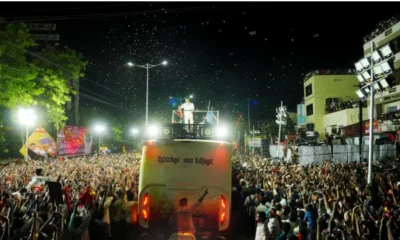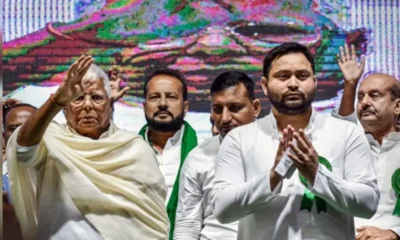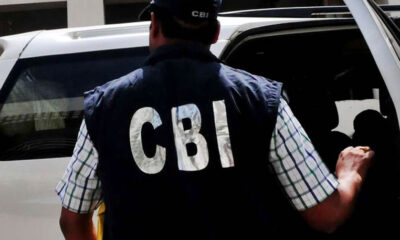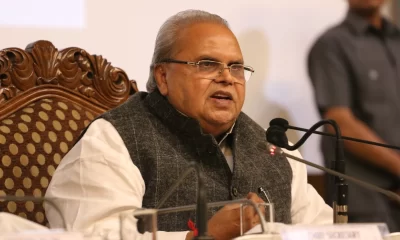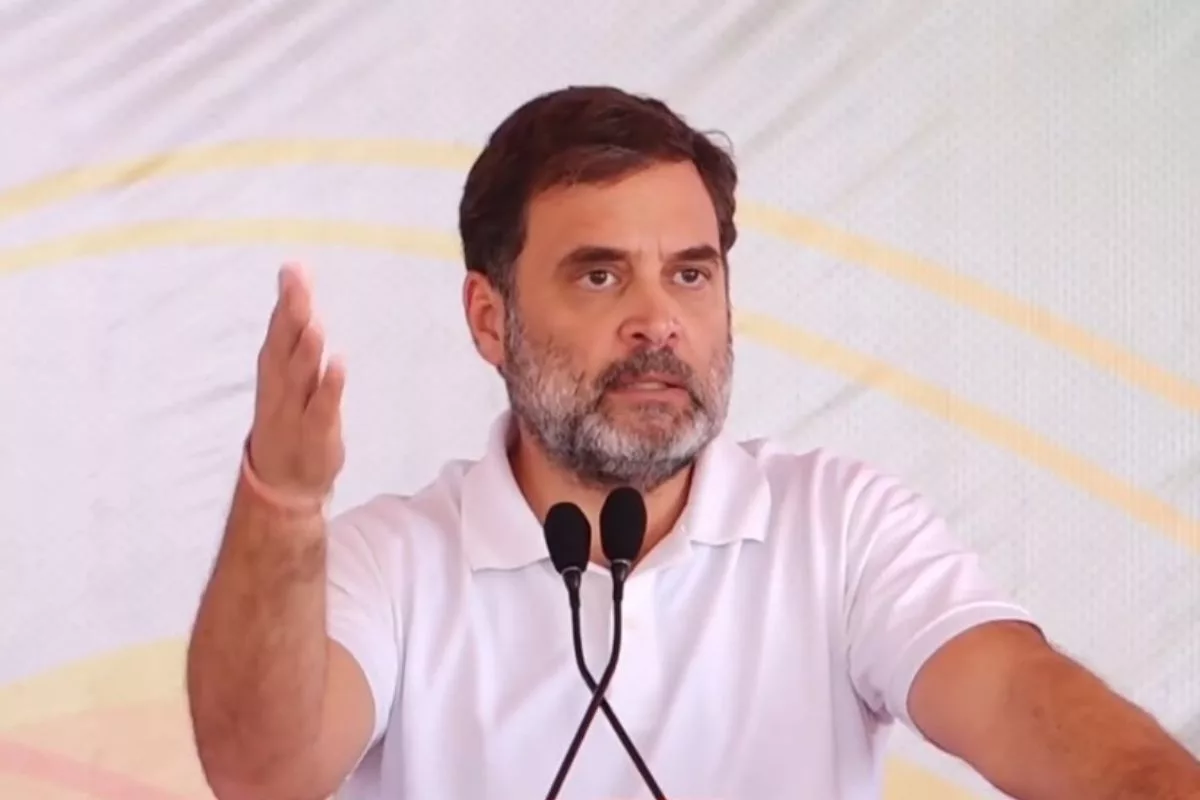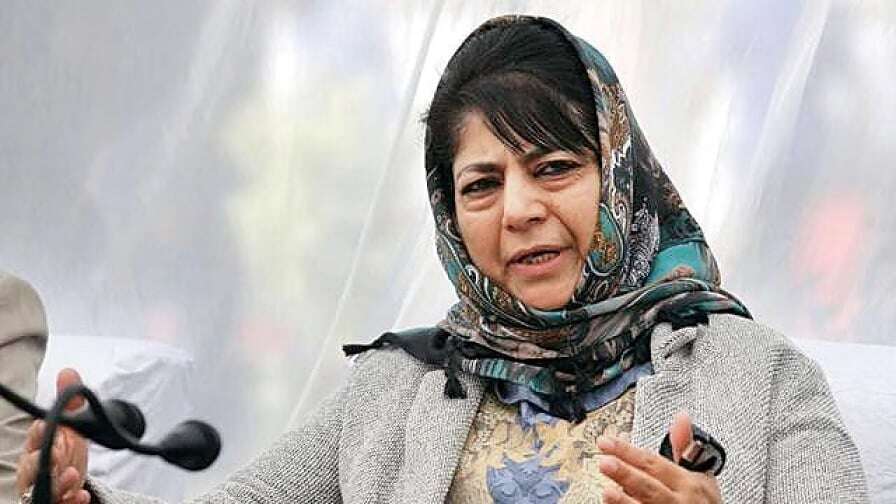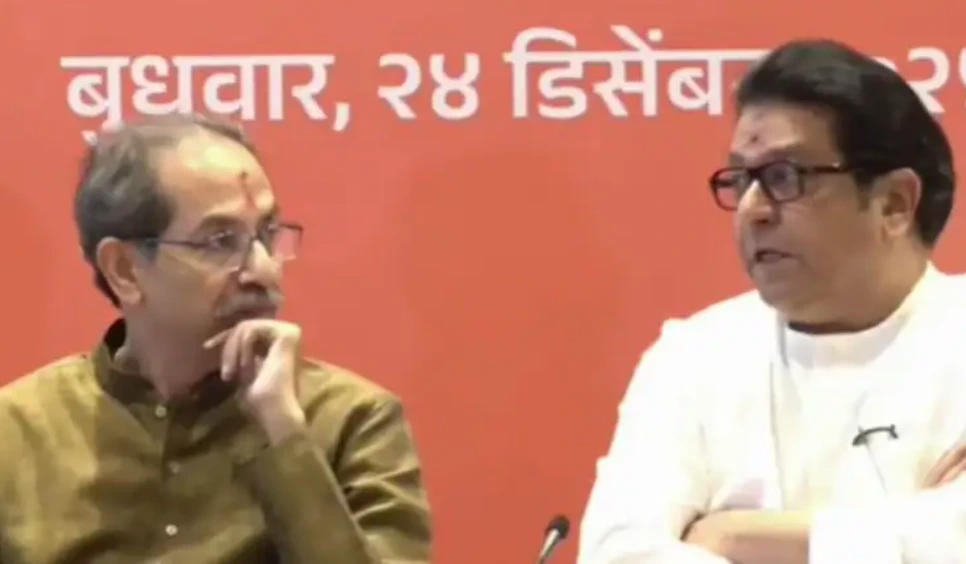India News
Unnao gangrape victim, kin demand death penalty for BJP MLA Kuldeep Sengar

India News
Unnao rape survivor meets Rahul Gandhi amid protest over court relief to Kuldeep Sengar
The Unnao rape survivor met Rahul Gandhi in Delhi amid protests against court relief to convicted former MLA Kuldeep Singh Sengar, alleging mistreatment during the demonstration.
India News
Jammu and Kashmir High Court rejects Mehbooba Mufti’s plea on undertrial prisoners, calls it politically motivated
The Jammu and Kashmir High Court has rejected Mehbooba Mufti’s PIL on undertrial prisoners, stating it was politically motivated and lacked factual basis.
India News
Thackeray cousins reunite for Mumbai civic polls, announce Shiv Sena UBT–MNS alliance
Uddhav and Raj Thackeray have reunited after two decades, announcing a Shiv Sena–MNS alliance for the upcoming BMC elections with a focus on Marathi identity.
-
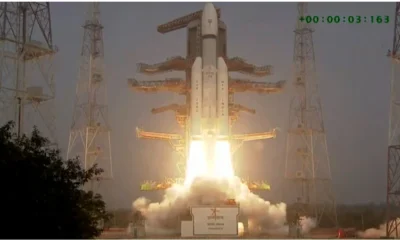
 India News9 hours ago
India News9 hours agoIndia’s LVM3 Baahubali rocket launches heaviest satellite ever from Indian soil
-
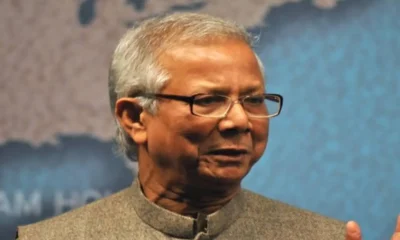
 Latest world news9 hours ago
Latest world news9 hours agoBangladesh student leader killing sparks allegation against Yunus-led interim government over February polls
-
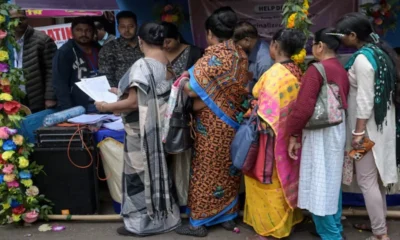
 India News9 hours ago
India News9 hours agoOver 24 lakh voters dropped from Kerala draft electoral roll after special revision
-
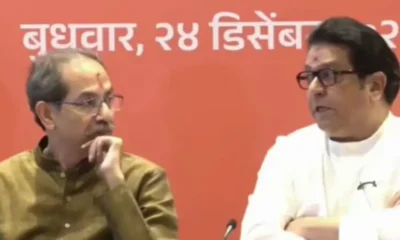
 India News5 hours ago
India News5 hours agoThackeray cousins reunite for Mumbai civic polls, announce Shiv Sena UBT–MNS alliance
-
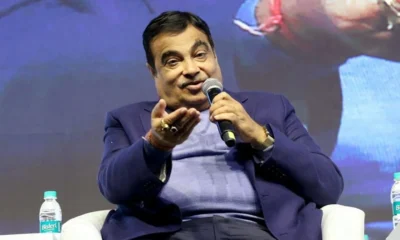
 India News5 hours ago
India News5 hours agoNitin Gadkari flags Delhi air pollution, says two-day stay causes infection
-
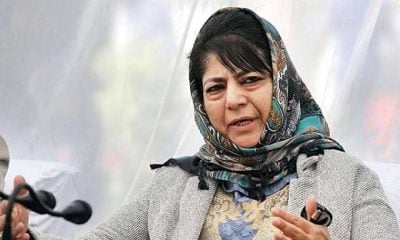
 India News2 hours ago
India News2 hours agoJammu and Kashmir High Court rejects Mehbooba Mufti’s plea on undertrial prisoners, calls it politically motivated
-
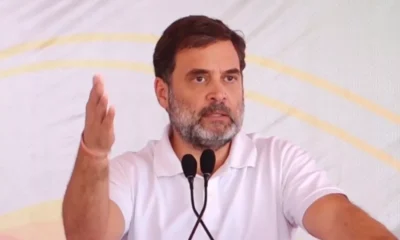
 India News18 mins ago
India News18 mins agoUnnao rape survivor meets Rahul Gandhi amid protest over court relief to Kuldeep Sengar

